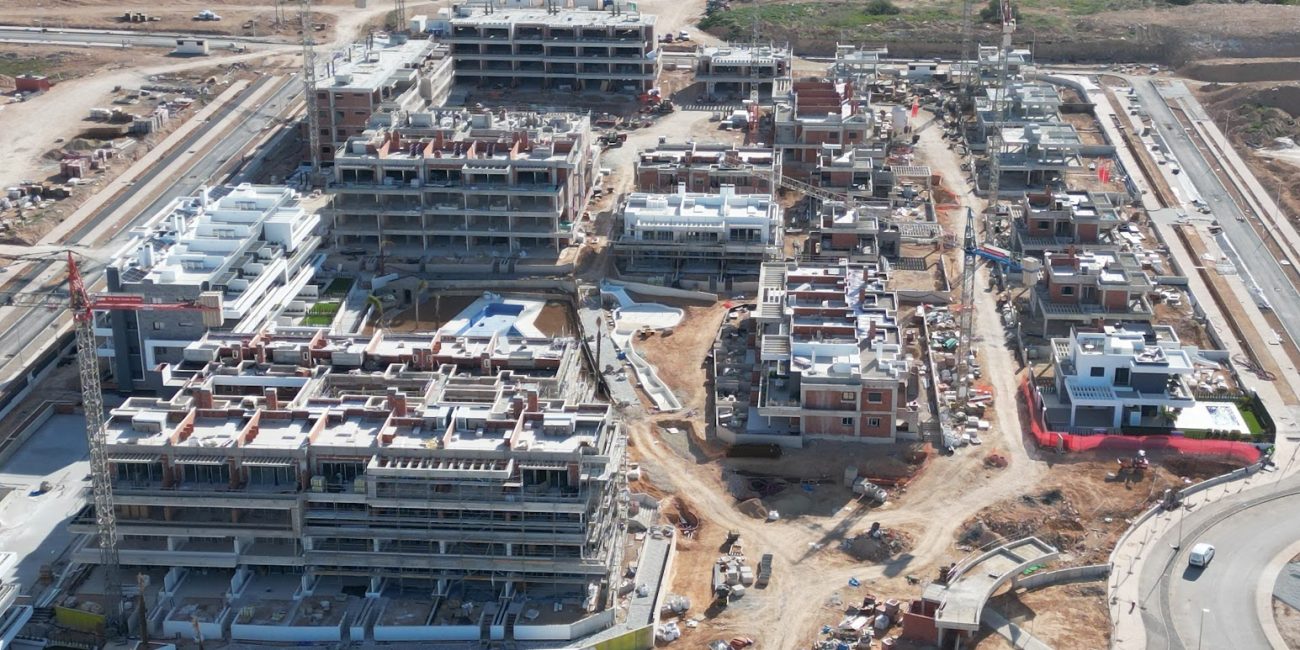In recent years, the province of Alicante has become the primary destination for foreigners seeking to purchase a home in Spain. This is due to the fact that it is the primary destination for those who are either economically displaced and seeking a better life in the country or who are seeking to own a second home. Alicante Notaries conducted the formalisation of the procurement of property for up to 31,010 citizens of other countries last year, which accounts for over 20% of the total recorded nationwide. An additional 7,422 individuals will have done so in the first quarter of 2025.
Recently, the province has seen an increase in the number of international clients, surpassing the number of local clients. For instance, 51% of all property transactions registered in Alicante last year featured a foreign buyer, including those involving mixed-race couples.
This international demand has emerged as one of the primary factors driving the real estate sector in the region and a substantial source of wealth for the Costa Blanca, which transacted over €6 billion in the previous year. Also, the costs incurred by these buyers while living in these homes must be added to this number.
However, this phenomenon significantly contributes to the record-high housing prices in many municipalities within the district, which average 2,569 euros per square metre according to the most recent data from Idealista. This issue is more prevalent in coastal regions, where purchasers of other nationalities are more prevalent.
Therefore, upon comparing the data provided by the Valencia Notarial Association, which documents the nationality of buyers, with the data provided by the Ministry of Transport on the total number of transactions per municipality, it is evident that there are currently five towns in which foreigners account for over 70% of all transactions.
From the marinas to the Vega Baja
The most extreme example is Teulada, where immigrants accounted for nearly 87% of the 508 homes sold in the town last year. The Dutch, British, Belgians, and Germans were the most prevalent. Orihuela was in close proximity, with 84% of transactions (4,534 out of 5,398) involving a consumer of a different nationality. In this instance, the British were the most numerous, followed by Belgians and Poles. This market has experienced significant growth recently, particularly in the wake of the conflict in Ukraine.
Calpe receives the bronze medal in this unconventional classification, as it accounts for 909 of the 1,161 homes sold and accounts for 78% of sales to foreigners. It is followed by Torrevieja, which, in absolute terms, is the municipality with the highest volume of property sales by foreigners, with 5,595 sales last year, accounting for 18% of all sales in the province. However, in percentage terms, this figure only represents 77% of the total number of residences sold in the town.
The municipality of Torrevieja is also noteworthy for the most pronounced change in the composition of the international housing demand, which has historically been dominated by purchasers from the United Kingdom and the Nordic countries. Consequently, the most numerous foreign clients of Torrevieja real estate agencies are currently Polish, with Ukrainians in third place, a reflection of the expansion of Eastern European markets.
Lastly, immigrants constituted 71.6% of the housing demand in Guardamar del Segura last year, with 986 purchases out of the 1,376 registered.
Although these five towns are the most extreme, the reality is that virtually all coastal towns have extremely high figures. This underscores the fact that European buyers, and their increased purchasing power, are the drivers of market evolution. Consequently, the percentages are as follows: 51.1% in Santa Pola, 52.6% in Vila, 66.7% in Xàbia, 67.9% in l’Alfàs, 68.2% in Benissa, and 68.8% in Altea.
Minimal interest in the interior
In contrast, the percentages in inland communities are significantly lower than the provincial average. Another significant distinction is that foreign purchasers are typically of nationalities that correspond to immigrants who have arrived to work. Consequently, citizens of other countries, particularly those from Morocco, Romania, and Italy, account for only 13.3% of transactions in Alcoy.
In Petrer, the percentage is 13.5%; in Villena, it is 16.5%; and in Elda, it is 23.3%. Although the figures are exceedingly modest, Algerians are the most numerous in the capital of Medio Vinalopó, with only 36 operations.
Large urban areas
In the case of Elche, notaries recorded a total of 738 foreign buyers, which accounts for only 20.4% of the total with respect to the main cities. Moroccans and Romanians are the most prevalent nationalities, with Poles, French, and Dutch individuals also choosing to reside in one of the littoral regions of the Elche municipality.
In the city of Alicante, the real estate market is dominated by two nationalities of very distant origin, and 2,751 transactions by foreigners were recorded, representing 39% of the market. This combination is clearly visible. Initially, Algerians acquired 369 properties, strengthening the ferry connection between the provincial capital and the city of Oran. Secondly, Ukrainians, who have primarily settled in the beach area, have engaged in 327 transactions as a consequence of the arrival of refugees from that country.
Lastly, Benidorm is in the midst of the table, accounting for 43% of international sales. It is crucial to keep in mind that, in this instance, the majority of second-home buyers originate from central and northern Spain, whereas international travellers predominantly lodge in hotels.








No Comment! Be the first one.